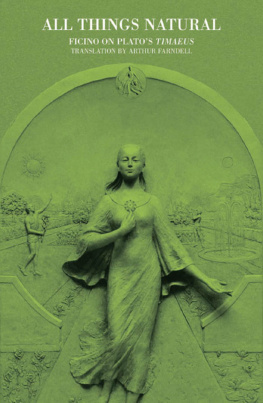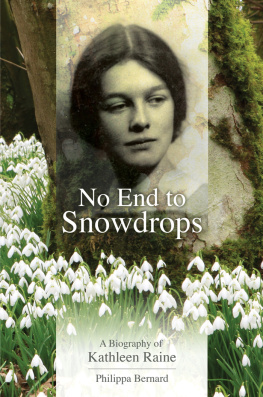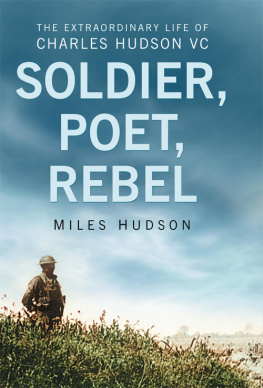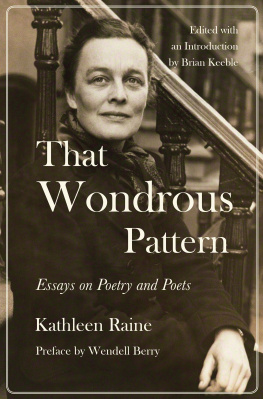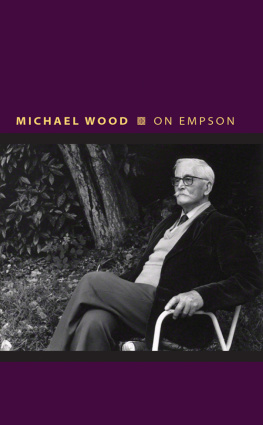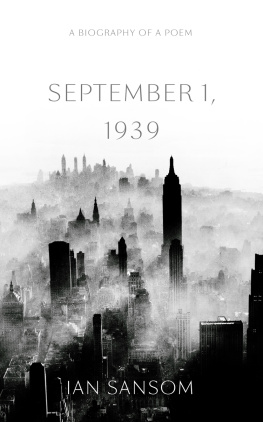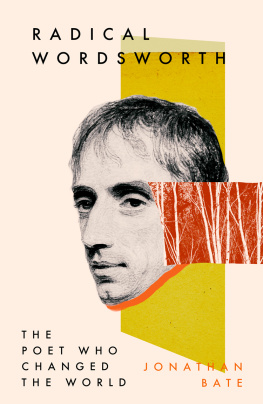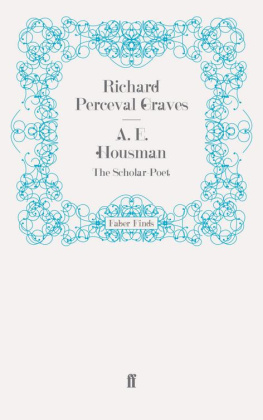Phillipa Bernard - No End to Snowdrops
Here you can read online Phillipa Bernard - No End to Snowdrops full text of the book (entire story) in english for free. Download pdf and epub, get meaning, cover and reviews about this ebook. year: 2012, publisher: Shepheard-Walwyn (Publishers) Ltd, genre: Religion. Description of the work, (preface) as well as reviews are available. Best literature library LitArk.com created for fans of good reading and offers a wide selection of genres:
Romance novel
Science fiction
Adventure
Detective
Science
History
Home and family
Prose
Art
Politics
Computer
Non-fiction
Religion
Business
Children
Humor
Choose a favorite category and find really read worthwhile books. Enjoy immersion in the world of imagination, feel the emotions of the characters or learn something new for yourself, make an fascinating discovery.
- Book:No End to Snowdrops
- Author:
- Publisher:Shepheard-Walwyn (Publishers) Ltd
- Genre:
- Year:2012
- Rating:4 / 5
- Favourites:Add to favourites
- Your mark:
No End to Snowdrops: summary, description and annotation
We offer to read an annotation, description, summary or preface (depends on what the author of the book "No End to Snowdrops" wrote himself). If you haven't found the necessary information about the book — write in the comments, we will try to find it.
This authorised biography of the poet Kathleen Raine tells the story of how she developed from a small girl, who knew at the age of eight that she wanted only to write poetry, into a world-renowned poet and literary scholar. Philippa Bernard follows Kathleen Raines struggle against the constrictions of her suburban childhood to her exciting days at Girton College in the twenties, where she became friends with many brilliant writers, artists and scientists, including William Empson, Julian Trevelyan, Jakob Bronowski and the film maker Humphrey Jennings, friendships which lasted all her life. After a short marriage to Hugh Sykes Davies, she eloped with the poet Charles Madge to live in Blackheath where two children were born.
An affair led to a break with Charles, who was involved at the time with Inez Spender, wife of the poet Stephen, and at the outbreak of war in 1939, she ran away with her children to the Lake District to the home of Michael Roberts and his wife Janet Adam Smith. Taking a cottage near Ullswater, she found a peaceful seclusion which enabled her to write some of her finest poetry, but found it difficult to support her family. Leaving the children with her friend, the art patron Helen Sutherland, she moved to London. In a room off the Tottenham Court Road, she came to know Sonia Brownell (later to marry George Orwell) who introduced her to the artists and writers of the Fitzrovia set, Dylan Thomas, Cyril Connolly and Rex Whistler among them, and including the strange figure of Tambi James Tambimuttu who published her first book of poems, Stone and Flower.
Kathleen had already achieved much critical acclaim and published several volumes of poetry when she met through Tambi the naturalist and explorer Gavin Maxwell. She fell disastrously in love with him, but his homosexuality, which she understood from the beginning of their relationship, proved too much of an obstacle, for she totally failed to understand that this delightful companion, whose love of all natural things matched her own, completely failed to reciprocate the warmth of feeling that over-whelmed her. The title of his book, Ring of Bright Water, centred around his beloved otters at his home in Scotland, was taken from a poem of hers.An intensive period of research on the poet William Blake led to the publication of Blake and Tradition, marking Kathleen out as a leading Blake scholar. This was followed by works on Coleridge, Yeats and Thomas Taylor. Towards the end of her long life Kathleen Raine founded the journal Temenos with the help of Prince Charles, who became a good friend. She travelled to India, was honoured with the Queens Gold Medal for Poetry and made a Companion of Honour. Philippa Bernard met her as a neighbour in Chelsea where she and her husband owned an antiquarian book-shop. In this book she assesses sympathetically the work of Kathleen Raine, but does not hesitate to throw a critical light on this unusual woman of the highest intellect who loved her children deeply but deserted them to follow her instincts, who had an entirely practical attitude to the world about her, but who pursued a spiritual path, and who achieved so much in the world of literature and poetry.
Phillipa Bernard: author's other books
Who wrote No End to Snowdrops? Find out the surname, the name of the author of the book and a list of all author's works by series.

